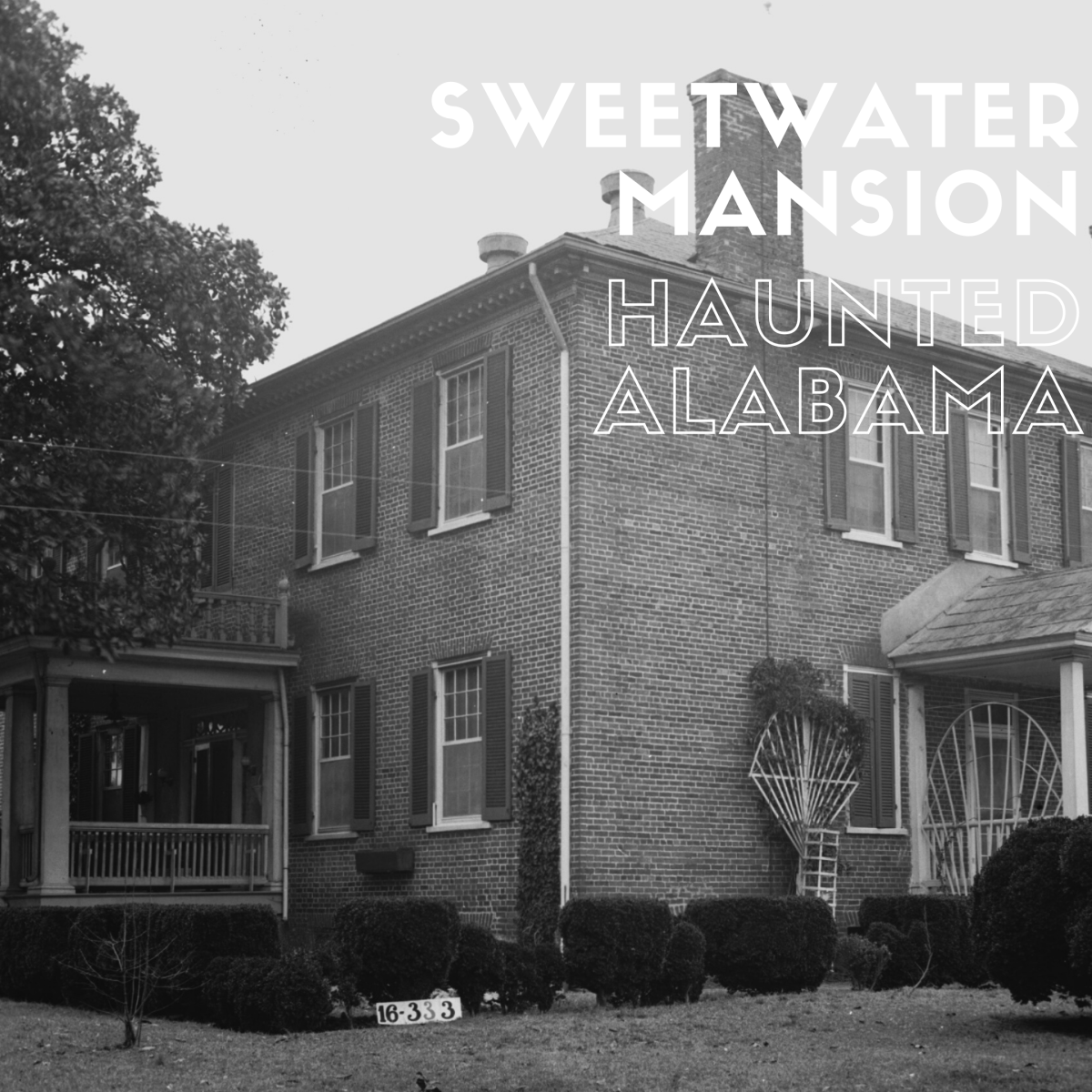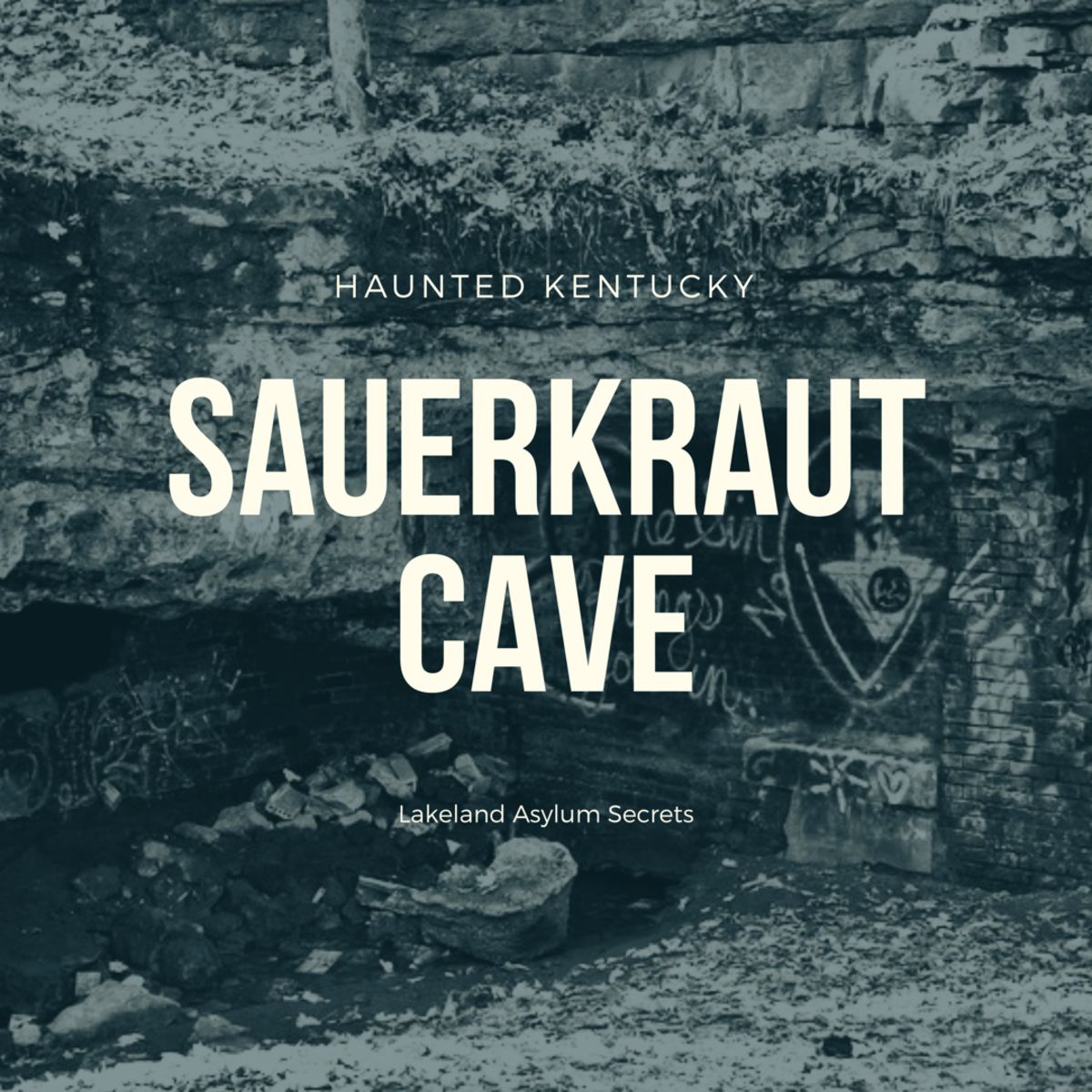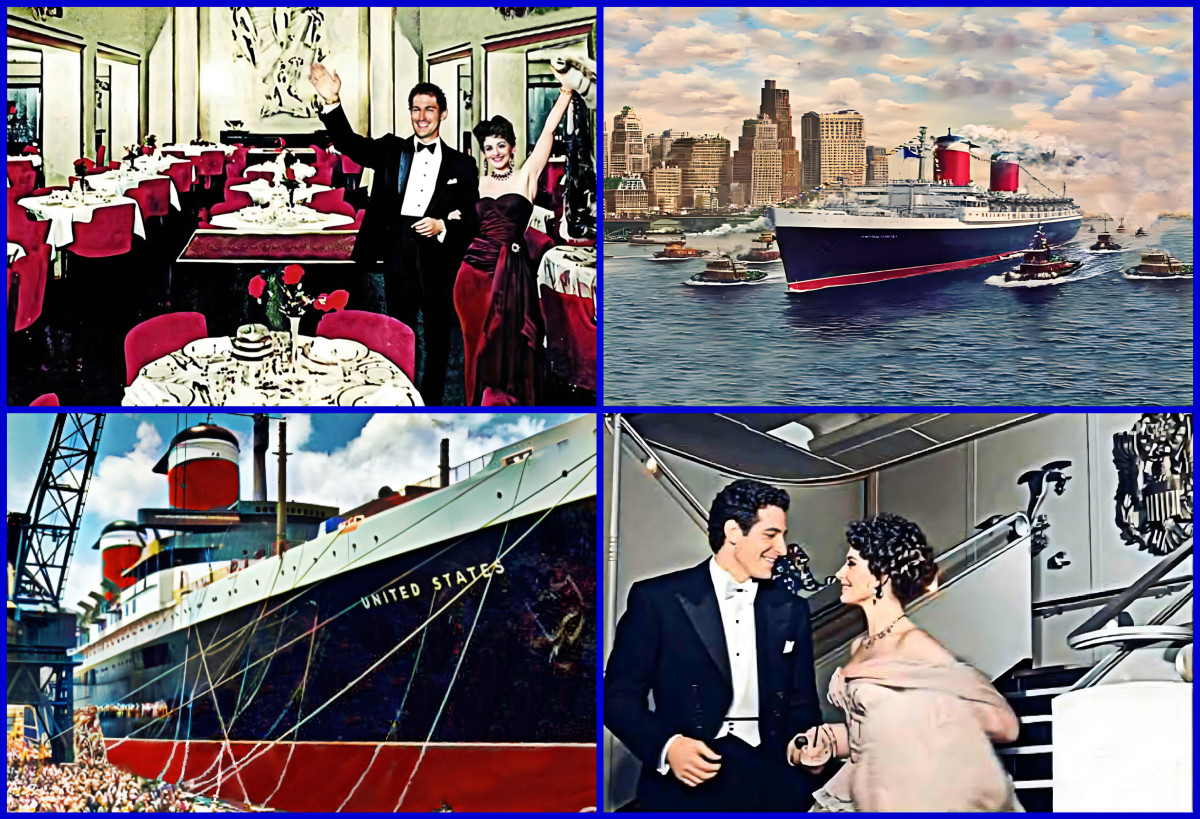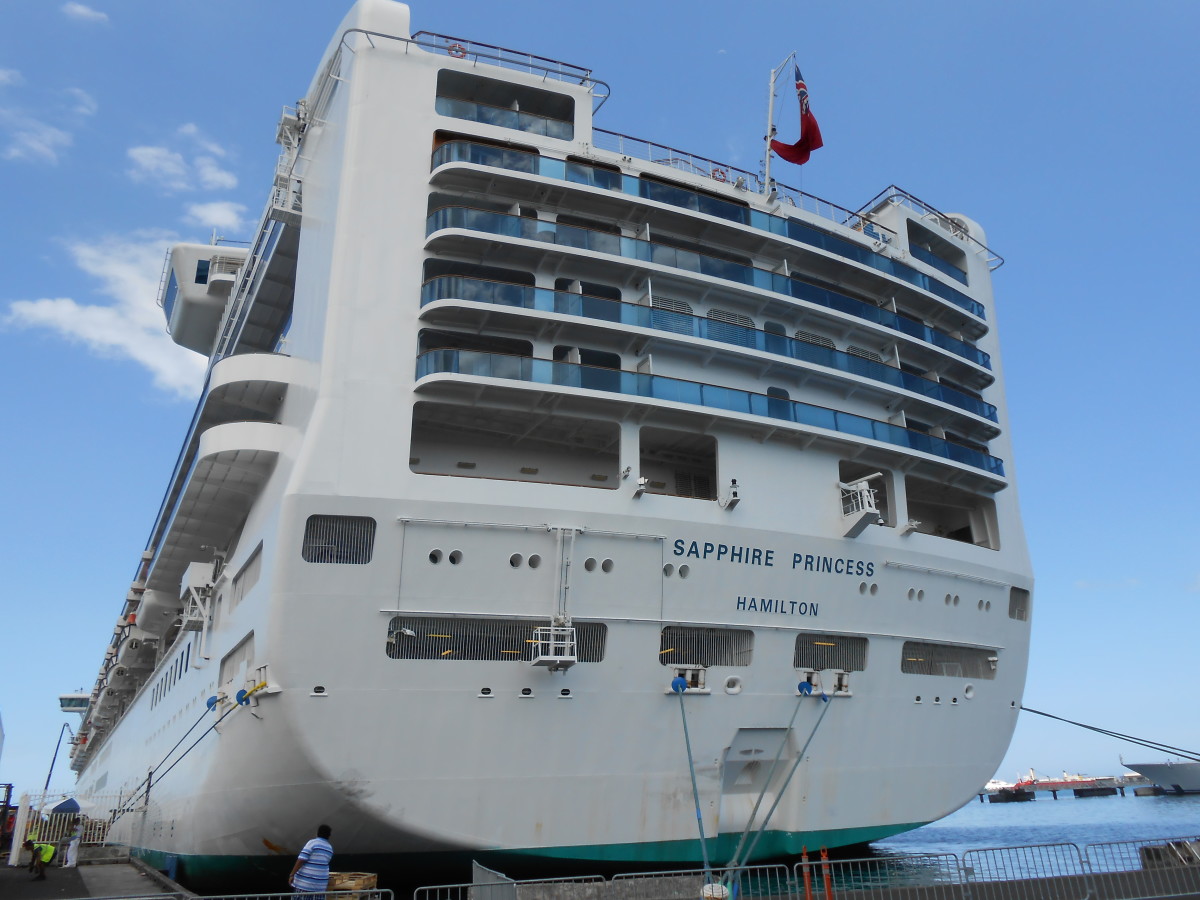The Port of Troon
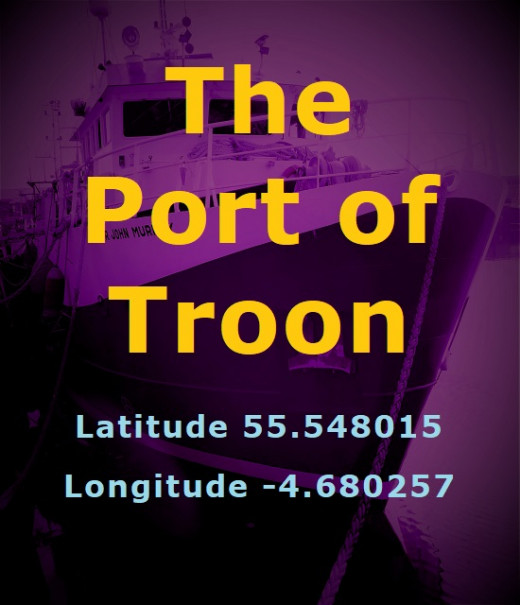
Contents
Port Information
Local Information
Berth Information
RNLI Lifeboat Station
SEPA
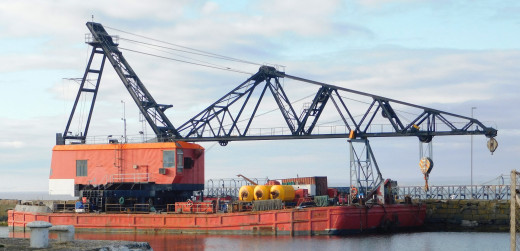
Port Information
Troon (Port) United Kingdom (GB)
Latitude | 55.548015
Longitude | -4.680257
UN/LOCODE* | GBTRN
* The United Nations Code for Trade and Transport Locations
Operator | ABP (Associated British Ports)
TotalPort Acreage | 40
It is the home of Timberlink, a sustainable distribution service that handles over 100,000 tonnes of timber each year across Scotland and Ireland. Operated on behalf of the Forestry Commission for Scotland it transports timber from ports at Ardrishaig, Cambeltown, Portavadie, and Sandbank to Troon and Ayr where it is sent to local wood processing plants. The journey by sea saves an estimated one million lorry journeys per year, and relieves congestion on the busy Ayrshire tourist routes as well as reducing carbon emissions.
The port provides year-round sheltered berthing, is equipped with an ice factory, and engineering facilities to support the fishing industry.
It is also a well-established and well-supported fishing port, including berthing for larger fishing vessels, as well as handling an array of different cargoes.
There is a ‘roll-on, roll-off’ berth capable of accommodating the larger passenger ferries.
In addition it is also a destination for smaller cruise vessels, providing access to the all the very best tourist attractions Scotland has to offer.
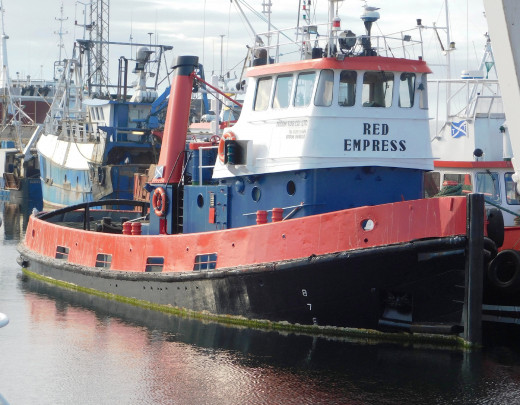
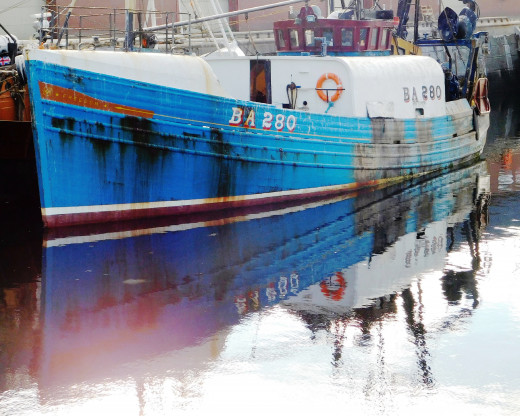
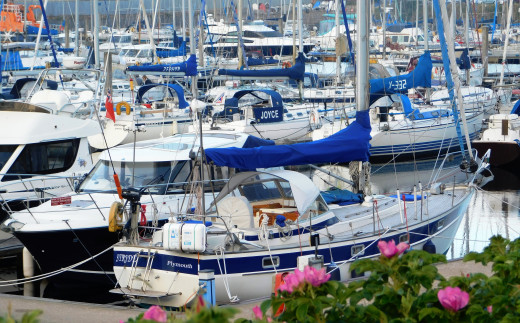
Location Information
The Port of Troon is situated on the west coast of Ayrshire, Scotland, on the Firth of Clyde, near to the Royal Troon Golf Course and sheltered by the Isle of Arran
It is around thirty-five miles from Glasgow and connected by the M74 and M77, which joins the M8 for Edinburgh.
Five miles from the port is PrestwickInternationalAirport, which provides links to a global passenger and freight network.
Troon is on the main Ayr to Glasgow railway line and from its station, it is only a thirty-five minute (fastest time) journey to Glasgow.
Together with port of Ayr, it contributes around £42 million to the United Kingdom economy, playing a vital role in Scotland’s supply chains.
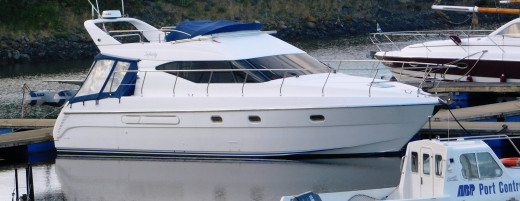
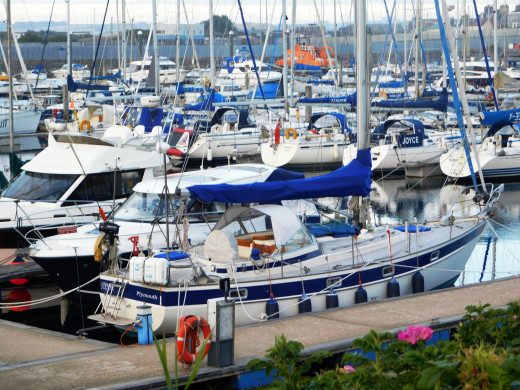
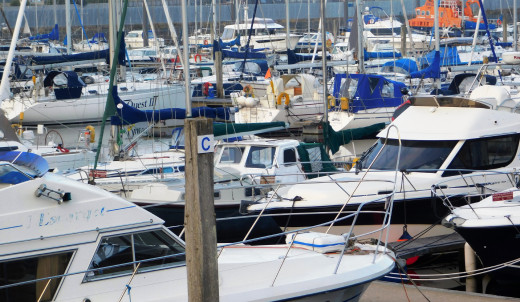
Berthing Information
Dock Jetty or Quay
| Quay Length
| Depth of Water
| Length
| Beam
| Draft
| Approx. dwt
|
|---|---|---|---|---|---|---|
West Quay
| 140m
| 6.7m
| 110m
| No restriction
| 6.2m
| 4,000
|
Wee Hurry
| 158m
| 6m
| 110m
| No restriction
| 5.5m
| 4,000
|
Portland Quay
| 105m
| 105m
| 100m
| No restriction
| 5.5m
| 3,500
|
East Pier Ferry
| n/a
| 8.6m
| 160m
| Restricted by ramp dimensions at low water
| 5.4m
| 10,000
|
Inner Basin
| 1,372m
| 6m
| 55m
| 12.2m
| 5.5m
| n/a
|
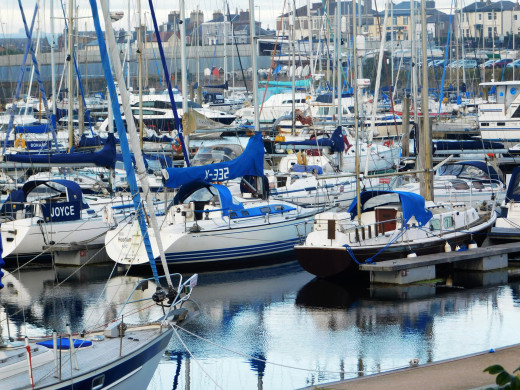
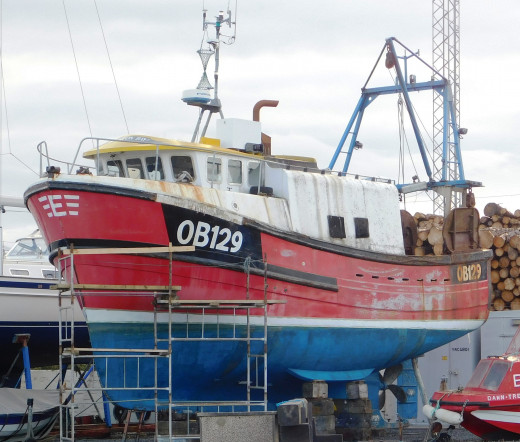
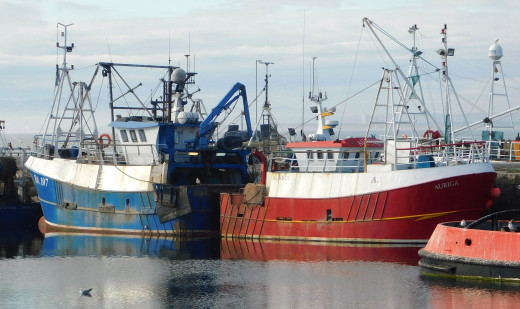
RNLI
Lifeboat Station
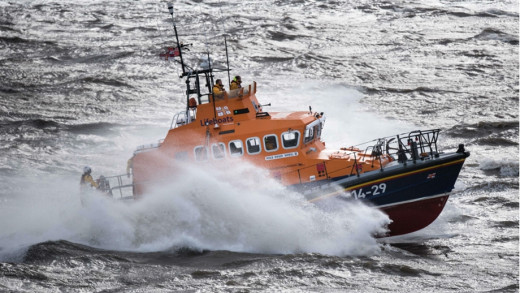
The Lifeboat Station at Troon was established in 1871 and covers the lower Firth of Clyde with its two lifeboats. Crewmembers have received three RNLI medals for gallantry.
A Lifeboat house was constructed in 1871 at a cost of £250 to house the first lifeboat, a thirty-two feet rowing boat.
In 1941, a silver medal was awarded to Coxswain William McAuslane and a bronze medal to Albert J Ferguson for the rescue of seven people from the steamer ‘Moyallon’ in a north-west gale and heavy seas on 06th December 1940.
In 1953 a bottle of rum, which was sealed in two successive Troon Lifeboats for sixteen years, was opened during an exercise when an airman from America who was to be ‘rescued’ by helicopter was accidently knocked out.
In 1980 a silver medal was awarded to Coxswain Ian Johnson for his leadership and seaman ship during the rescue of the five crew of the Dutch dredger ‘Holland 1’ which was in danger of breaking her moorings off Irvine Harbour in a westerly storm on 12th September 1980.
On 18th February 2004, a Trent-class Lifeboat ‘ON1275 RNLB Jim Moffat’ was placed in service.
The ‘Trent-class’ Lifeboat was the first all-weather lifeboat capable of 25 knots and has a range of 250 miles.
On 25th April 2018 a D-class inshore lifeboat ‘D-821 Sheena’ was placed in service.
The D-class, first introduced in 1963, has undergone numerous modifications and upgrades. It is highly manoeuvrable and is ideal for searches and rescues in the surf, shallow water, close to cliffs, among rocks, and inside caves.
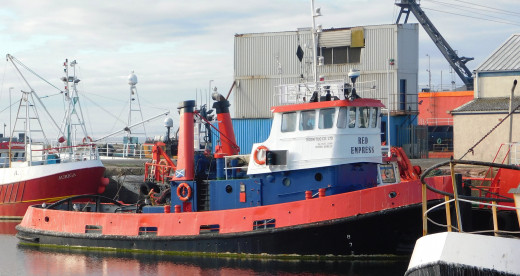
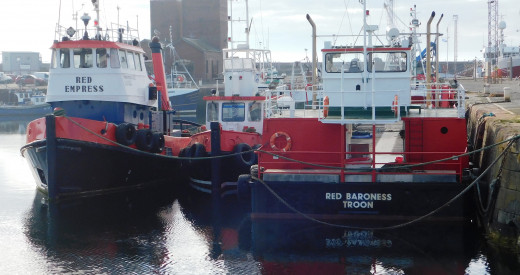
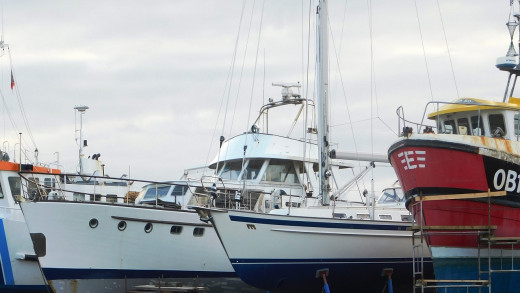
SEPA
Scottish Environmental Protection Agency
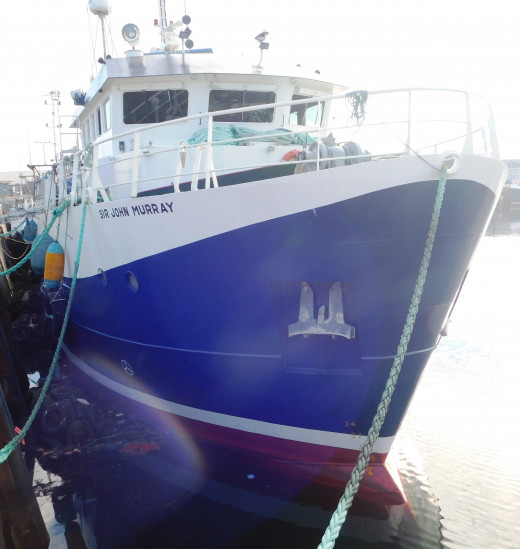
SEPA (Scottish Environmental Protection Agency) have their scientific research vessel ‘Sir John Murray’ located in Troon port.
The Sir John Murray was built at St Monans Yard in Methil in 2004 and is a 21.10 metres long, 9 metres breadth, and 3.80 metres draft ‘Steel Motor Vessel’.
It is used for marine surveys and sampling of water quality. Besides working for SEPA the ship does work for Scottish Natural Heritage and Marine Scotland.
It is named after the famous scientist ‘Sir John Murray’ considered to be one of the founders of modern oceanography and responsible for setting up the first marine laboratory.
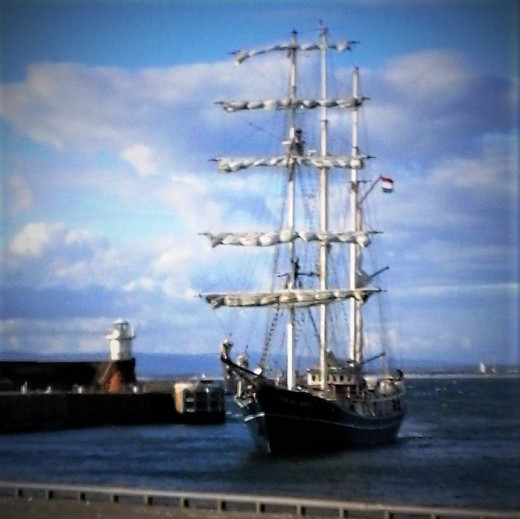
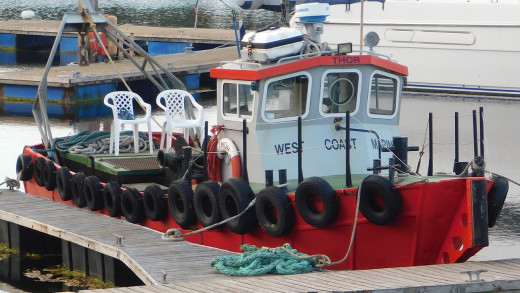
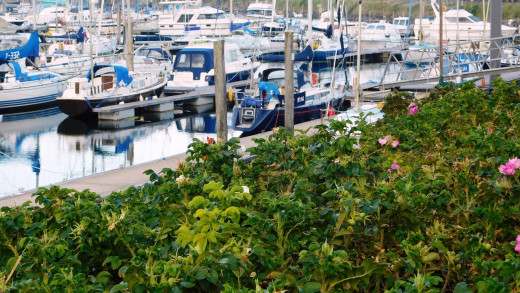
All images, except the RNLI Lifeboat (credit: Stephen Duncombe), are copyright of the author.
© 2020 Brian OldWolf


